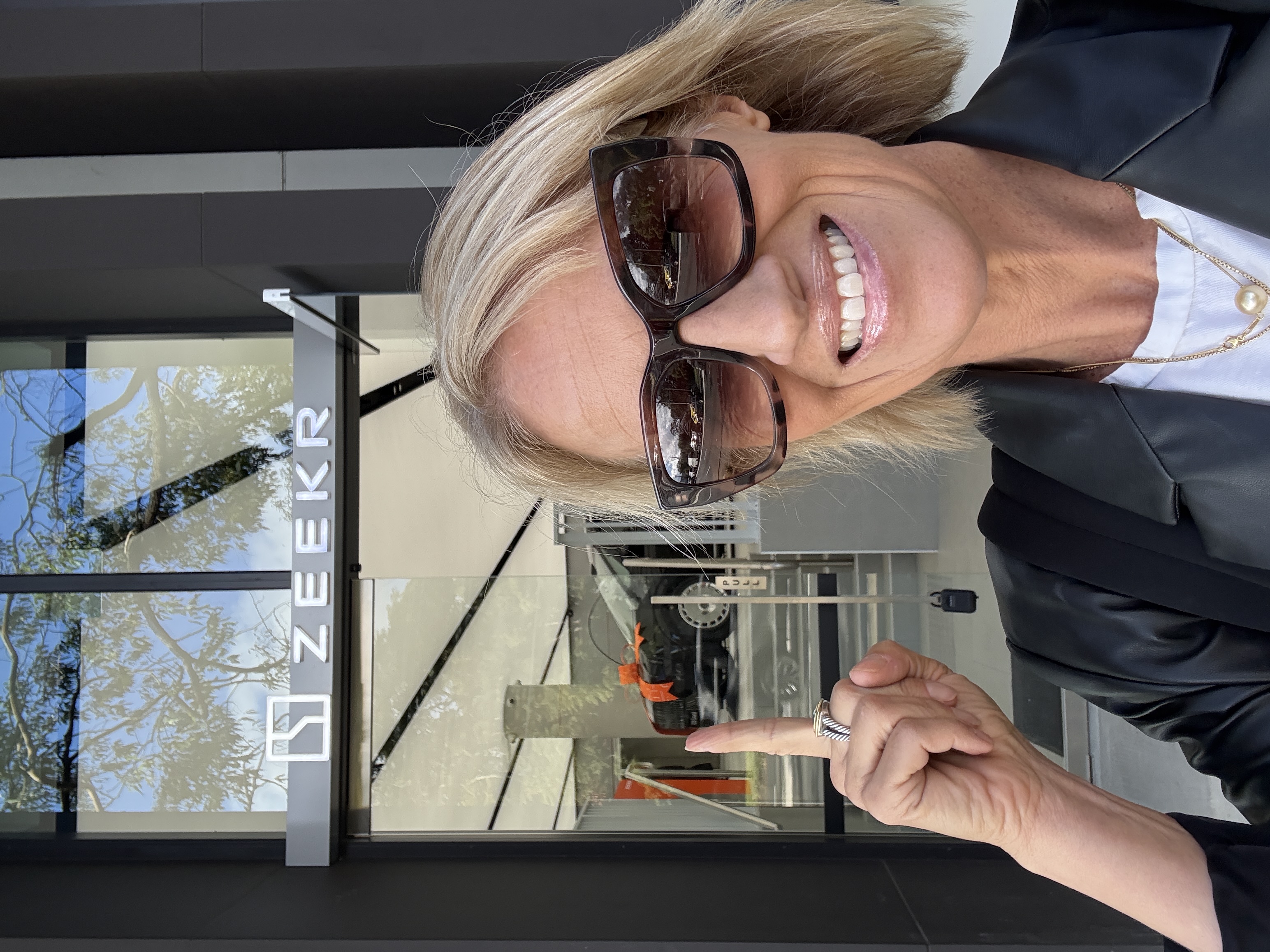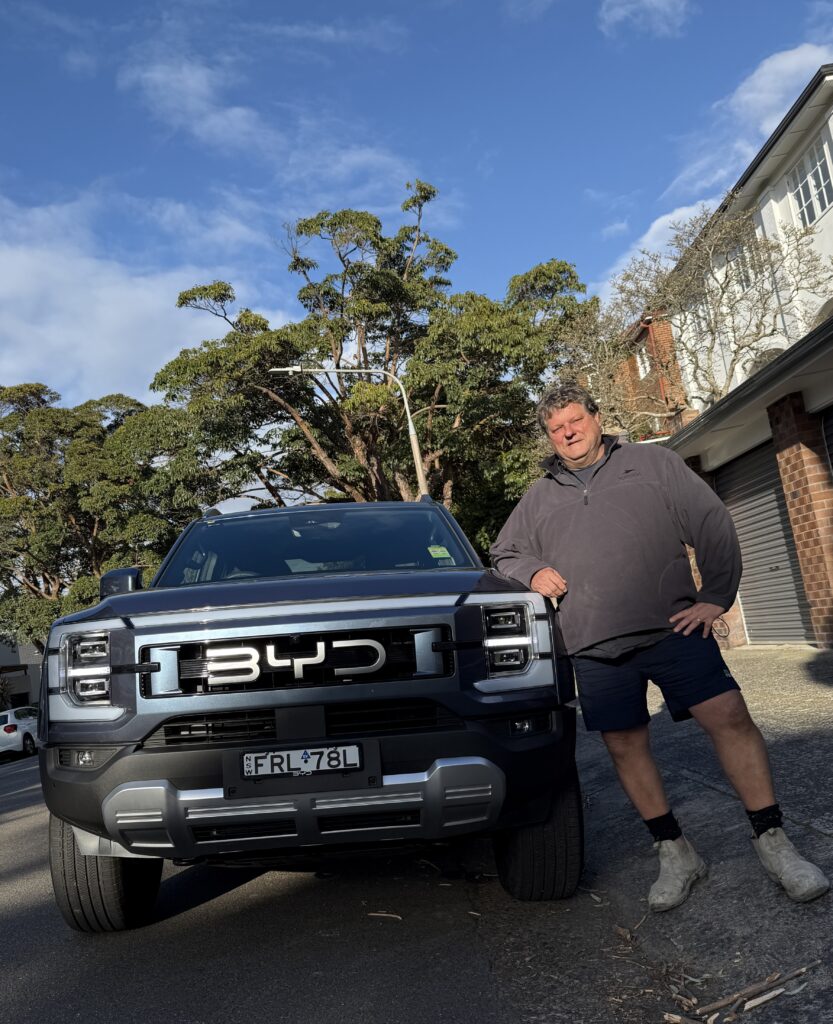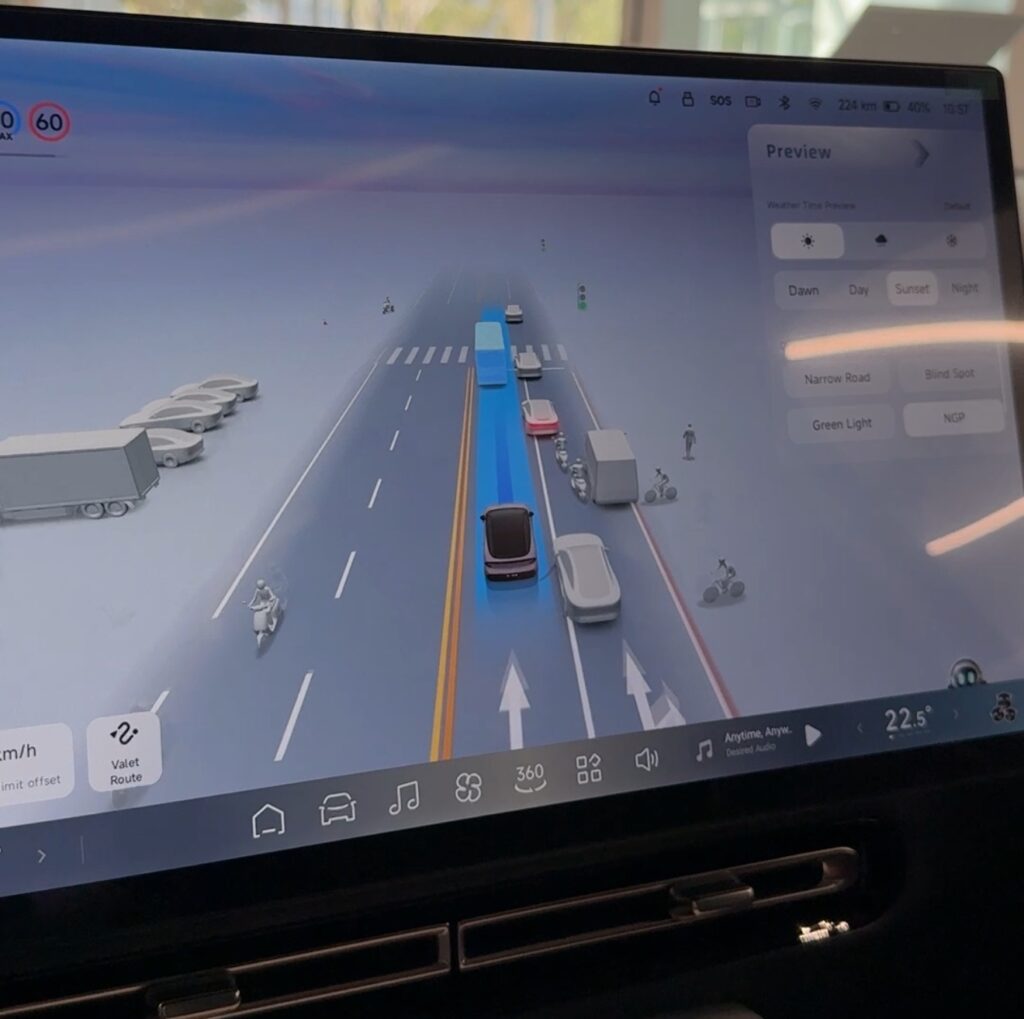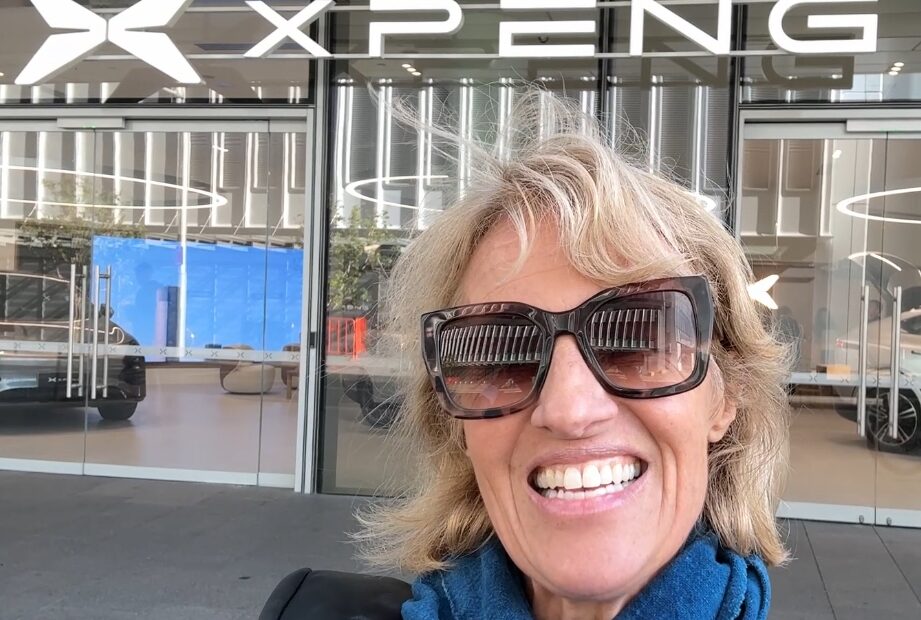Last month, I spent a few weeks in Australia. My goal? To get to know the Chinese cars that are making a huge splash overseas, but are thus far unavailable in the United States. (No, this isn’t a Trump era policy; read about why here.) Everyone in the industry is talking about how great these vehicles are, but without experiencing them, what do we really know? I set out to find out. What I discovered is fascinating.
FUN FACTS ABOUT CHINESE CARS
Before I dig in, let’s consider a few things about Chinese cars.
- In 2024, Chinese automaker BYD surpassed Tesla as the world’s biggest seller of EVs.
- By 2030, battery electric cars are forecasted to make up 50% of the Chinese market.
- By 2030, China will make 30% of the world’s cars.
- In 2025, Chinese automakers invested more abroad than in China.
Worth a trip to Australia? I think so.
I visited four Chinese automakers: Xpeng, BYD, Chery, and Zeekr. I also spoke to Australian consumers who purchased Chinese cars and asked about their decision, their experience, and their confidence in the future of Chinese cars in Australia. Here’s what I found out:
FIRST STOP: AUSTRALIA’S ASIAN POPULATION
As I set off to visit these automakers, I asked my Aussie friends and family, “Do you know anyone who has a Chinese EV?” Their response? “Nah, nobody.” Then I got a few comments like, “That’s kind of an Asian thing.” Huh? At first, I assumed this was an anomaly. Maybe my friends were a little racist; maybe they just had the wrong perception; maybe they just weren’t aware.
Yet, visiting the dealerships, I found that the majority of consumers shopping for these cars were Asian. The dealerships themselves were located mainly in areas with high concentrations of Asian residents. The Xpeng showroom? In the lobby of a Chinese casino–no mistaking their target demographic!

INTRODUCING CHINESE CARS OVERSEAS ISN’T EASY
I also found that, for a lot of these dealerships, penetrating this market isn’t without a lot of bumps:
- One vehicle couldn’t be driven or turned on because the charging cable was stuck in China
- Three display cars were shown in right-hand drive (Australia is left-hand drive).
- One automaker had a virtual assistant (yay!) that only spoke in Chinese (say what?).
But none of these tempered my amazement at all.
HOW TO SELL CHINESE CARS? HIT ‘EM WHERE IT HURTS

Among the people I spoke to was John, a cement tradesman who lives outside of Sydney. He wasn’t interested in Chinese cars, electric vehicles, or cutting-edge technology. But when John heard that he could save on petrol if he bought a BYD Shark, he became very interested.
The Shark is a plug-in hybrid that combines a 1.5L turbocharged gasoline engine with two electric motors. The BYD pickup is quickly becoming Australia’s best-selling vehicle, a title that the Ford Ranger is holding on to with bloody fingernails. You can see more about John’s experience in Part Two of my Chinese EV video. But the fact is, he is sold on Chinese cars!
AMERICANS SHOULD GET OVER “CHEAP CHINESE”
As a Tesla owner, I was looking for two things in these Chinese EVs. One, how would their technology compare with Tesla’s? Two, would the build quality match or exceed Tesla’s?
In terms of build quality, I was shocked to find that the old adage, “You get what you pay for,” was more evident in Chinese cars than in American, Japanese, or European vehicles. I’ve driven European luxury vehicles that I felt I could snap apart with my fingers. I’ve driven Japanese economy cars that would crush my Tesla in an accident. But the Chinese cars were different.
I was in vehicles that cost over $100k and were terribly tacky (sorry, my Connecticut roots run deep), but beautifully constructed. I drove a $20k EV that felt like it could fall apart over a speed bump. Frankly, I appreciated that authenticity. Often, in the United States, our “affordable EVs” are downright overpriced; Tesla is no exception.
CHINESE TECHNOLOGY SHOULD NOT BE UNDERRATED

I chatted with a Chinese chatbot in an Xpeng. I drove with augmented reality in the same car. I experienced a touchscreen armrest in a Zeekr. My friend at Xpeng showed me a video of him using fully autonomous driving in Shanghai–u-turns and all.
Yes, Tesla’s in-car technology is magnificent. It is not flawless (ask me about my self-driving brush with death). Companies like Lucid, GM, Ford, Volvo, and Hyundai are also making great strides. But the Chinese vehicles had a technological baseline that was simply higher than what we expect here. Kind of like Japan in the 90s- where computers, appliances, even vending machines were more advanced than our options. China is now the one to beat.

COMPETITION IS THE GREATEST MOTIVATOR
As I share more with you over the coming weeks and months about my experience, I can tell you one thing: The Chinese Are Not Going Anywhere. We have so much to learn. As consumers, industry professionals, and innovators, what is coming out of China is raising the bar for us all.
I’ll have deep dives into the specific vehicles coming up, Part 2 of my video, as well as other insights.
